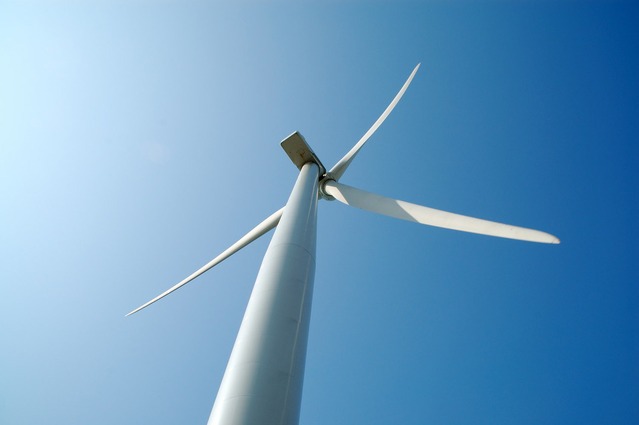WorleyParsons has secured a core role in Revolution Wind project, a 700MW offshore wind farm, located 15 km South of the Rhode Island coast.

Image: WorleyParsons is expected to complete the engineering and design of two offshore wind topside substations. Photo courtesy of Falk Schaaf/Freeimages.com
Under the contract, WorleyParsons is expected to complete the engineering and design of two offshore wind topside substations. Construction on the offshore wind farm started in March 2019, with the project is expected to be completed in 2022.
The company said that the project would transform Orsted, from a black to an entirely green energy company and reinforce its position as a major global player in developing offshore wind.
Worley global wind lead Eoghan Quinn said: “This project is directly aligned to our strategic priority of supporting our customers through the energy transition, as the world moves from traditional fossil power generation to renewable power generation.”
WorleyParsons said that its team has understood the challenges and took the contract as an opportunity to combine their digital, new energy and offshore hydrocarbons expertise.
According to the company, its approach resulted in an innovative and cost-competitive offering and provide a template for future proposals, delivering confidence in securing and delivering Orsted’s future projects.
Quinn added: “This project award builds on a previous Orsted Framework Agreement win, further solidifying our strong and ongoing partnership with this customer and our presence in the US market.”
In February, US-based National Grid filed an application for a regulatory approval for a 20-year contract to procure energy from the new offshore wind facility, Revolution Wind. Initially developed by providence-based Deepwater Wind, the Revolution Wind project was acquired by Orsted.
The project was selected by Connecticut’s Department of Energy and Environmental Protection in January for negotiations regarding sale of 100MW offshore wind capacity to the state’s power distribution companies.
